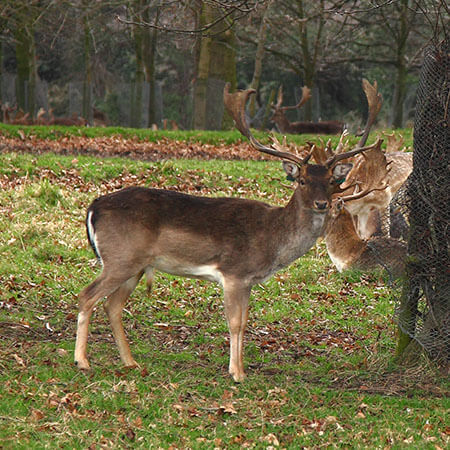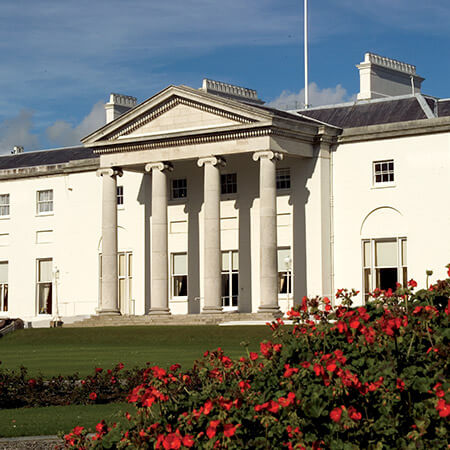Founded as a private society way back in 1831, Dublin Zoo has a long history. In 1840, it opened to the public for the first time – charging a penny for entry each Sunday. At that time, it had 46 mammals and 72 birds for the public to observe.
Today, Dublin Zoo covers 28 hectares of the Phoenix Park and is home to over 400 animals, including a group of Asian elephants.
Kevin Barrington sat down with one of Dublin Zoo’s elephant keepers to find out more about what it takes to look after the calves there.
In conversation with Christina Murphy
I moved here a few years ago from Atlanta, Georgia and started working as an elephant keeper at Dublin Zoo. Ireland has fantastic weather for Asian elephants because they like mild, rainy days. Sometimes you will even see them going swimming more on rainy days.
It’s impossible not to get emotionally attached…
I feel very fortunate that I work with the elephants. They’re very high-maintenance – but in a good way.
Dublin Zoo’s approach to working with elephants
Our philosophy for taking care of them is one of “protective contact”. What we do is we train them to do things, like present their feet to us, so we can give them pedicures.

Christina Murphy. Images: Dublin Zoo
All of this is done in a protective context, so we don’t go in there with the elephants. We would ask the elephants to stick their leg out a porthole in the wall.
Basically, there are two different styles of management: you go in or you stay out. When you go in there with them, the approach is more based on negative reinforcement. You have a hook and you are more dominant. We don’t believe in that, so we go with the positive approach and we stay outside of their area.
The protective approach means a more stress-free life for the herd, but it also has benefits for us. Elephants are big animals and there’s always a risk that comes with that.


